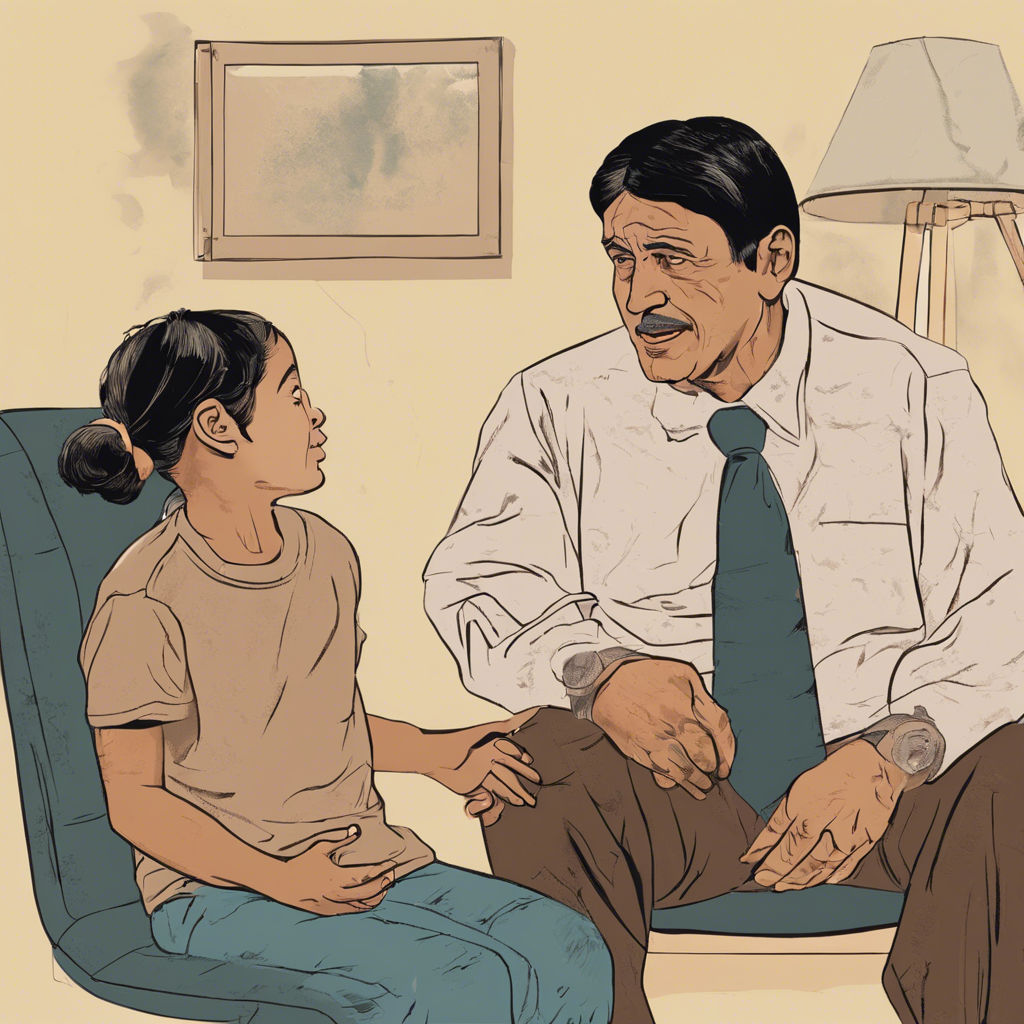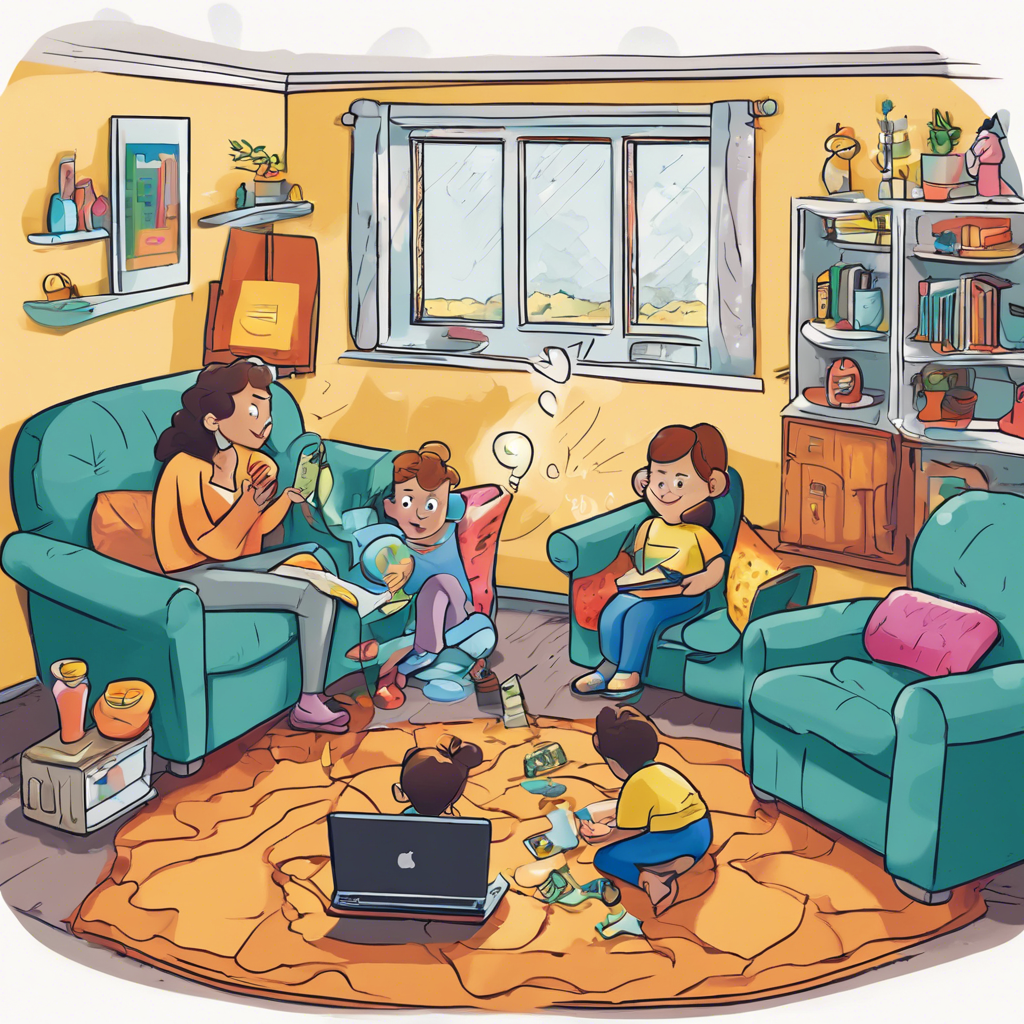
What Role Does Non-verbal Communication Play In Active Listening Between Parents And Children During Conflicts?
Introduction
Non-verbal communication is vital for enhancing active listening skills, particularly in the parent-child relationship during conflicts. It encompasses essential elements such as body language, facial expressions, eye contact, tone of voice, and gestures, all of which convey meaning beyond spoken words. A deep understanding of these non-verbal signals can significantly improve interactions and facilitate effective conflict resolution between parents and children.
The Significance of Non-verbal Communication
Non-verbal communication often surpasses verbal communication in influence, especially in emotionally charged scenarios. During conflicts, children may feel overwhelmed or unacknowledged, making it crucial for parents to utilize non-verbal cues to express empathy and understanding. For instance, a genuine smile can signal acceptance, while defensive gestures like crossed arms may indicate disapproval or hesitation. By recognizing and appropriately responding to these non-verbal signals, parents can lower tension and promote healthy dialogue.
- Open body language fosters a safe environment for children to express their feelings freely.
- Facial expressions reflect understanding or confusion, guiding parents to adjust their responses accordingly.
Essential Non-verbal Cues to Monitor
In the heat of a conflict, parents and children display specific non-verbal signals that can guide the conversation's direction. By carefully observing these cues, parents can respond effectively, adapting their communication style to ensure they are genuinely listening and engaging with their child.
- Maintaining eye contact fosters a connection and conveys attentiveness.
- Nodding or tilting the head signifies understanding and encourages the child to share more.
- The tone of voice can profoundly impact the conversation; a calm tone appeases tension, while a harsh tone can exacerbate conflict.
- Physical distance or proximity indicates emotional comfort or discomfort; respecting personal space is essential.
Conclusion
In conclusion, non-verbal communication is crucial for active listening between parents and children amid conflicts. By becoming attuned to body language, facial expressions, and tone of voice, parents can foster a more supportive and empathetic atmosphere, leading to more effective resolutions. By emphasizing non-verbal cues, families can enhance communication and strengthen their connection during difficult dialogues.
Expert Quote
Dr. Virginia Satir, Family Therapist and Author
The most important thing in communication is hearing what isn’t said.
Excerpt from 'Peoplemaking', 1988
Relevant Links
The Power of Play: A Pediatric Role in Enhancing Development in ...
https://publications.aap.org/pediatrics/article/142/3/e20182058/38649/The-Power-of-Play-A-Pediatric-Role-in-EnhancingConflict Resolution Skills - HelpGuide.org
https://www.helpguide.org/relationships/communication/conflict-resolution-skillsEffective Communication Skills for Parents: Building Strong ...
https://www.learningleaders.com/insights/effective-communication-skills-for-parents-building-strong-connections“Don't let me be misunderstood”: communication with patients from a ...
https://pmc.ncbi.nlm.nih.gov/articles/PMC9842546/Autism Spectrum Disorder: Communication Problems in Children ...
https://www.nidcd.nih.gov/health/autism-spectrum-disorder-communication-problems-childrenYouTube Videos
Most popular questions

How Do The Personal Relationships Among Gods Affect Their Decisions In The Iliad?
The intricate relationships among the gods in Homer's epic poem 'The Iliad' play a crucial role in shaping their actions and decisions. These divine interactions create a complex web of fates, where each god's personal alliances and rivalries directly influence the events of the mortal world.

What Strategies Can Parents Use To Educate Their Children About Online Safety Beyond Privacy Settings?
In today's digital landscape, teaching children about online safety is essential for their protection and well-being. While privacy settings play a critical role, parents can implement various strategies to create a thorough understanding of online safety principles among their children.

What Are The Different Types Of Insulation Materials Commonly Used In Buildings, And How Do They Compare In Terms Of Thermal Resistance?
Insulation materials are vital for enhancing energy efficiency in residential and commercial buildings by minimizing heat transfer. Understanding the various insulation types can lead to better choices for thermal resistance and overall comfort.
Most recent questions

How Do Marginalized Voices Within Fan Communities Influence The Creation Of Cultural Content?
The significance of marginalized voices in fan communities cannot be overstated, as they transform cultural narratives and greatly influence artistic content creation across various platforms.

How Does The Presence Of Social Media Analytics Affect The Marketing Strategies For New Television Series?
The rise of social media analytics is revolutionizing marketing strategies, especially for new television series. These innovative tools provide essential insights that empower marketers to understand audience behavior, preferences, and engagement levels effectively. As a result, they can craft personalized and effective marketing campaigns that resonate with viewers.

What Are The Differences In Audience Engagement Strategies Between Live Theater And Reality Television Shows?
The realm of entertainment includes a wide range of formats, each utilizing unique strategies to engage audiences. This response examines the contrasting audience engagement techniques utilized in live theater and reality television shows, emphasizing their distinctive methodologies and approaches to audience interaction.